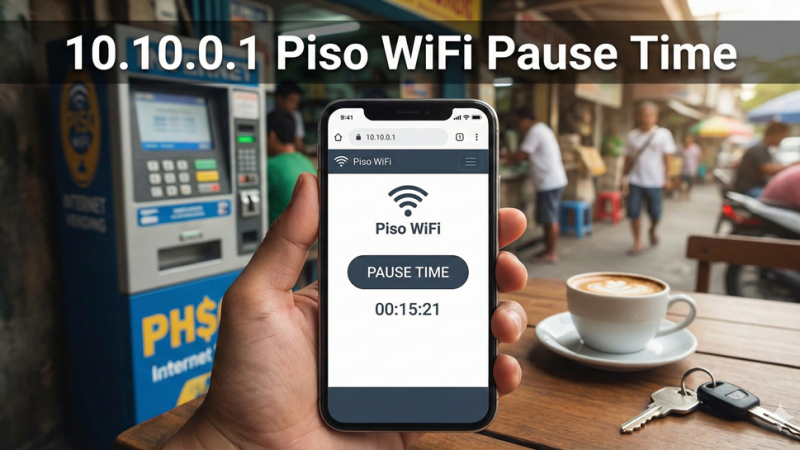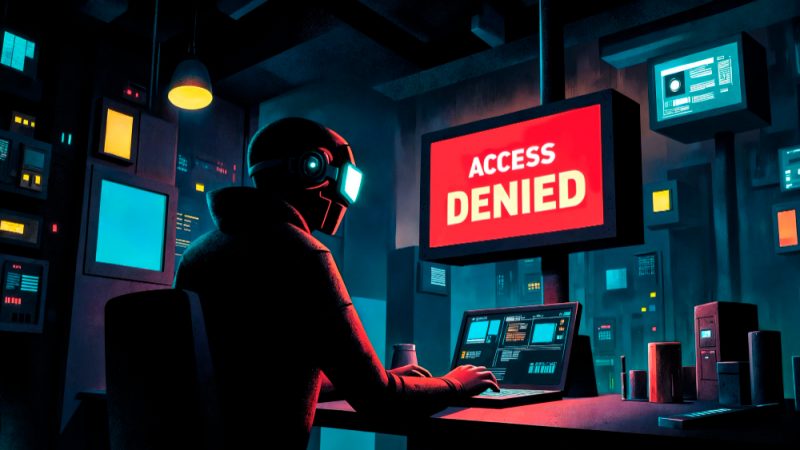Why do we need image Compression for photo editing?

Today the photos of our smartphone and cameras are… gigantic! Normal that leaves us the possibility of printing them. Only as soon as you want to share them in a digital universe, this weight can quickly become a problem. An image can weigh several Megabytes. It’s the same when you take screenshots on a high-resolution screen. The first instinct while editing photos should be to compress the images.
What exactly is image compression?
Image compression is a technique to modify the image size to the desired format so as to save space. This allows storage to avoid purchasing additional storage space. In addition, smaller files are transferred more quickly over networks. Before sending a large file, try to compress it. This compression has the utility of reducing the data redundancy of an image so that it can be stored without taking up a lot of space or transmitting it quickly.
Image compression can be done in 2 ways: lossy or lossless. Lossless compression is often preferable where sharpness is important: schematics, technical drawings, printing, advertising posters, etc. The more drastic lossy compression is useful for transmissions over low-speed networks. On the other hand, this last method degrades the quality of the image.
Sometimes compression makes the file unusable without decompression first. For example, before you can read files that have been compressed with 7zip, you have to unzip them.
Let’s see the different types of formats available to compress the images:
Image formats and their uses
Probably the best-known image format is JPEG (Joint Photographic Experts Group), which is mostly used by most digital cameras, on the web, and in the print shop. The biggest advantage of compress jpeg is that the image can be compressed to the maximum limit.
The PNG (Portable Network Graphic) is also ideal for use on canvas. Compression works differently from JPG, however, because it is the amount of color in the image that will be reduced in the first place. With some photos, it may therefore happen that we notice the compression. In addition, one advantage of PNG is that it supports transparency. If a logo with a transparent background needs to be integrated into a website, this can be done in PNG format without any difficulty.
Compared to JPG and PNG, GIF image format has a big advantage in that it can be animated. Besides the attention to be paid to the file format, which must obviously be correct, it would also be necessary to take into account the size and the compression.
Different Types of Compression
Generally, a file can be compressed in two ways, namely lossy or lossless.
Lossy Compression- Lossy compression modifies the image size along with the loss of quality. A loss of quality results in images that have less detail, music recorded on a shorter frequency range, pixelated videos.
Why use lossy compression methods? Because they are more efficient at reducing file sizes.
The most important lossy compression methods are:
Reducing the color space to the most frequent colors in an image. The chosen colors are indicated in the color palette of the compressed image header. Each pixel just indicates a reference to color in the color palette.
Lossless compression- Compression formats for all types of files like RAR, zip, and 7z compress losslessly. On the other hand, most image, sound, or video compression formats used by the general public compress with loss (mp3 for sound, DivX for video, jpg, or png for images). There are lossless compression formats for sound (wav), images (BMP, tiff), and videos.
The most important lossless compression methodologies are:
- The repetition coding method, used on early scanners and fax machines
- The Entropy coding method, which uses adaptive dictionary algorithms such as LZW, is more suited to text-type information.
Why do we need image Compression for photo editing?
In computing, and even more so on the Internet, the size of files can quickly become a problem! Before shooting, make sure you have made the appropriate selections for the type of output you will use and that you have made sure the storage space still available.
To establish the right size, you will have to take into account the output of the images; if they are destined for the web, a resolution of 640×480 PPI will suffice.
When printing, you must consider the type of printer you will use and the final size of the print you want to obtain. Shooting at high resolution will still allow you to use your images for different purposes.
Since the memory capacity is limited, you will have to choose the best way to compress the images and reduce the size. To achieve this, most digital cameras adopt JPEG compression, an algorithm that is able to reduce the size of an image but with a loss of quality.
Anyone who wants to improve the quality of the user experience and the visibility of their website should take care to compress their images properly. Images are part of the bulk of a web page. In addition, the format and size of website illustrations have a big impact on load times and therefore also on search engine rankings.
There are several reasons to reduce the weight of your images through compression:
Saving disk/storage space: 1 photo won’t change much but imagine having to store hundreds or even thousands of images. Storage will sooner or later be a problem.
File size: Who has never found themselves with Word, PowerPoint, or PDF files with disproportionate sizes? The worst part is that, very often, one cannot send files by email. Indeed, email clients limit the size of attachments.
User experience on the web: When you are a Webmaster, you must attach a lot of importance to the user experience on your website.
SEO: The speed of a website is one of Google’s SEO criteria/algorithms. Compressing your images, therefore, contributes to the SEO optimization of a site.
As you can see, reducing the weight of your images can be very important!
How to compress your images online?
There are online utilities that allow you to compress your images in just a few clicks for free (life is beautiful)! To compress your JPG or JPEG images, PNG Images, or images of any format, Watermarkly is the best tool. Once on one of the sites, you just have to upload your image, either by drag & drop or by clicking on Upload Files. Once loaded, the site will compress your image and even tell you how much percentage it was able to compress.






